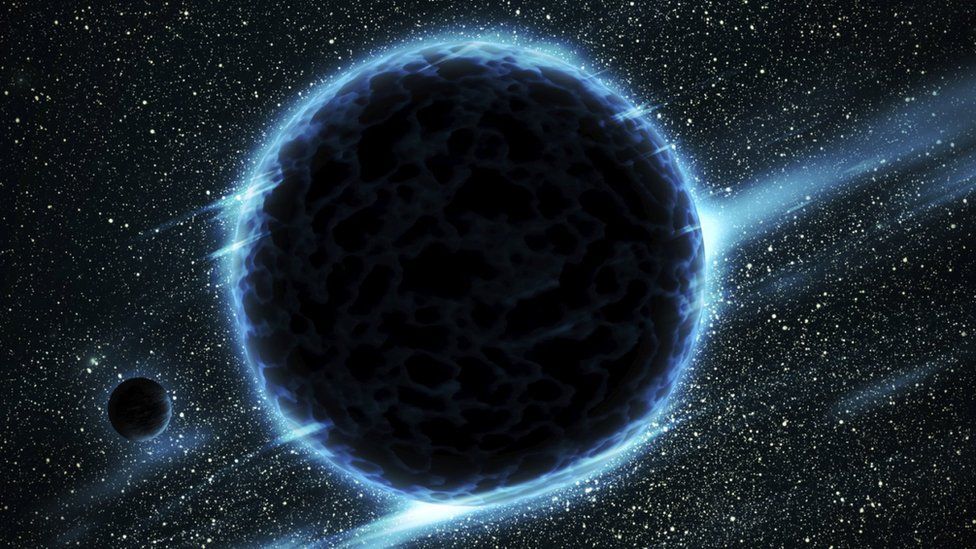The US space agency NASA wants citizen scientists to help them in identifying the presence of Planet 9 in our solar system. NASA has created a website Backyard Worlds: Planet 9 where interested participants can scan the data of our solar system and help in identifying the new planet located beyond Neptune.
Scientists have mapped our solar system between 2010 and 2011 using Wide-field Infrared Survey Explorer (WISE) and created the most detailed map of our solar system. However, complete data is very large, and scientists cannot study millions of photos in such a short interval. Thus, they have uploaded the data on the website and want citizen scientists to participate and help them in searching the possible Planet 9 if it exists.
Lead researchers Marc Kuchner, an astrophysicist at NASA’s Goddard Space Flight Center explained that Neptune is the last planet of our solar system which is just four lights years far from the nearest star Proxima Centauri. The entire territory between Neptune and closest star is unexplored and holds very high chances of hosting planets. The region is very dark, and even large objects are very tough to identify in the area because of lack of sunlight. However, infrared sensor aboard WISE would enable scientists to see the hidden objects in the dark.
NASA is asking citizen scientists to explore the data as they believe that Planet 9 or Planet X exists. A study conducted by a group of astronomers from the Caltech in Pasadena, California, in 2016, showed that several distant solar system objects possessed orbital features indicating they were affected by the gravity of an as-yet-undetected planet. The new study will also uncover dwarf planets and failed stars in the region.
“Brown dwarfs form like stars but evolve like planets, and the coldest ones are much like Jupiter,” said team member Jackie Faherty, an astronomer at the American Museum of Natural History in New York. “By using Backyard Worlds: Planet 9, the public can help us discover more of these strange rogue worlds.”
NASA scientists explained that human eyes can easily spot objects moving in crowded place. Similarly, any undiscovered will move rapidly in the nearly stationary crowd and will give rise to brightness spikes which will enable scientists to easily find the planet. A similar technique was used by astronomer Clyde Tombaugh to find Pluto back in 1930 after observing sky for around 7,000 hours.
“Backyard Worlds: Planet 9 has the potential to unlock once-in-a-century discoveries, and it’s exciting to think they could be spotted first by a citizen scientist,” said team member Aaron Meisner, a postdoctoral researcher at the University of California, Berkeley, who specializes in analyzing WISE images.
NASA’s Jet Propulsion Laboratory in Pasadena, California, manages and operates WISE for NASA’s Science Mission Directorate. The WISE mission was selected competitively under NASA’s Explorers Program managed by the agency’s Goddard Space Flight Center. The science instrument was built by the Space Dynamics Laboratory in Logan, Utah. The spacecraft was built by Ball Aerospace & Technologies Corp. in Boulder, Colorado. Science operations and data processing take place at the Infrared Processing and Analysis Center at Caltech, which manages JPL for NASA.
